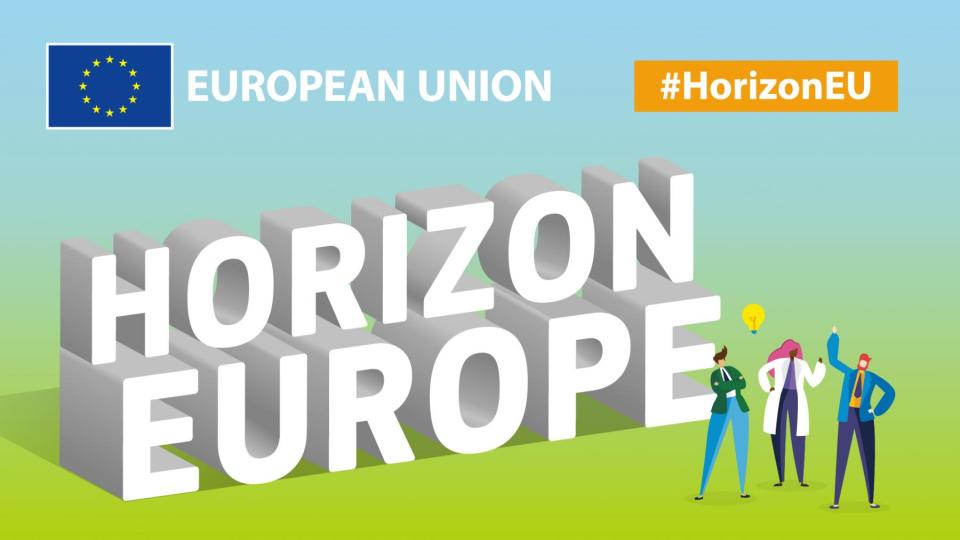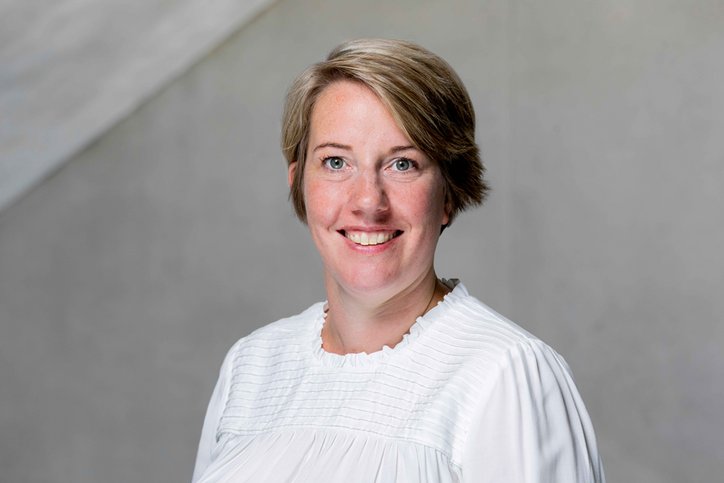Background and aims of the project
The EU-Horizon project Calby2030 aims to investigate the deployment of Calcium Looping technology (CaL) using Circulating Fluidised Bed reactors (CFB) in three key industrial sectors: cement, steel and power. Three pilot plants will be tested across Europe under industrially relevant operation conditions (TRL6) in order to prepare the ground for commercial utilisation by 2030. The demonstration experiments for the cement sector will be carried out at the University of Stuttgart (USTUTT) using cement raw meal and limestone as CO₂-sorbents. The efficient operation of CaL-CFB reactors (Oxyfuel calciner and the carbonator) requires the use of sorbents with coarser particle size distributions (PSD) than the raw meal and limestone typically used in the clinker burning process. The experiments aim to show the feasibility of exploiting fragmentation and attrition of sorbents within the CaL-CFB process to form a fine CaL purge that can be directly used as kiln feed and thus assure a high integration level of the CaL-CFB reactors. Favourable operating conditions for CaL-CFB reactors using sorbents with different particle size distributions (PSDs) will be investigated. The experimental results will be the key to developing and validating of modelling tools required for the scale-up studies. The Karsdorf cement plant of Thomas Zement GmbH will serve as a case study and provide the boundary conditions for the scaling-up of the CaL-CFB process. Different retrofit possibilities will be assessed in order to ensure an efficient CO₂-capture without compromising clinker pro-duction or product quality.
VDZ is deeply involved in three work packages (WP):
• WP1 – Pilot demonstration of CFB-CaL for Cement plants
• WP4 - CFB-CaL modelling, process simulation and cluster integration
• WP5 - Design of demonstration projects including CO₂ management at cluster level
In WP1, VDZ will provide the necessary technical know-how and share its long practical experience in cement manufacturing. VDZ is responsible for characterising the purge samples generated in the Cement and in the Waste to Energy pilots. The potential utilisation of purges from the Waste to Energy (WtE) sector as an alternative raw material in the cement industry will also be evaluated. The impacts of the purges on the clinker quality and the clinker burning process will be determined through PSD, XRF, XRD and microscopy analyses. In addition, the purges from the Waste to Energy (WtE) pilot will also be analysed with regard to the presence of trace elements, mercury, chlorine, sulphur and fluoride. In WP4, VDZ will join efforts with POLIMI and LEAP to model the full CO₂ capture process (i.e. CaL-CFB & CPU), aiming at identifying the best designs and achieving improved efficiency and cost gains. Existent process models developed at VDZ and SFW will be adapted and validated within WP5, based on data generated in WP1 and WP4. Both process models will play a key role in the retrofitting study of the Karsdorf cement plant with the CaL-CFB process.

